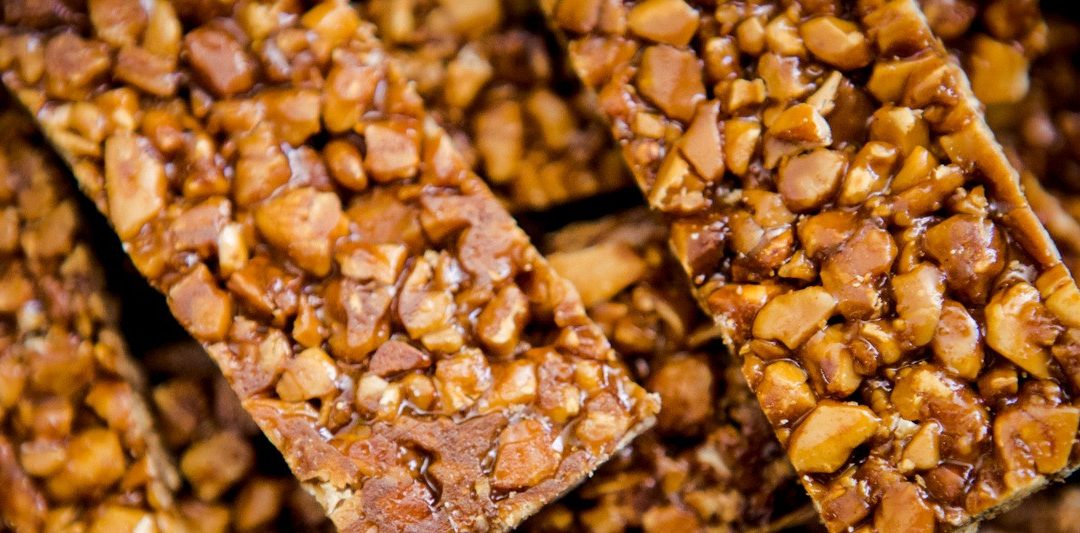Almond, here’s the reasons why we cannot do without it.
Almond is the dry fruit par excellence. It is the drupe of the almond tree, a plant belonging to the Rosacea.
According to the climate, the fruits are harvested at the end of the summer, in between August and September.
While the almond hang on the tree it is protected by an exocarp, called hull. Once the harvest is completed, the hull is immediately removed avoiding the fruit to get rotten, because of humidity.
Elixir for health
For the best diet, any specialist includes dry fruits. The almond is considered an healthy and nutrient food for the well-being. It seems like God Almighty created it.
Read here what the fruit contains:
- Group B Vitamins
- Vitamin E
- Protein
- Calories
- Calcium
- Iron
- Magnesium
- Potassium
- Copper
- Phosphorous
- Omega 3 fatty acid
- Fibres
Here the health benefits:
- Antioxidant properties (the powerful antioxidants are largely concentrated in the brown layer of the skin; blanched almond is not the best choice) help to protect against oxidative stress, which can damage molecules in your cells, contributing to inflammation, aging and diseases like cancer.
- Laxative properties and benefits for the intestine, thanks to the action of fiber.
- Healthy properties for the nervous System, thanks to the action of magnesium in case of stress and tiredness.
- Anti-inflammatory properties for the presence of Omega 3 fatty acid.
- Healthy properties for the benefit of bones, thanks to the high calcium content.
- Anti-cholesterol properties that promote heart and circulation well-being, keeping triglycerides low, thanks to the presence of Omega-3 fatty acids.
Basically, with 30 grams per day of this God’s good, it is possible to make life more difficult for beasts like cancer and diabetes because of the fight against free radicals that the fruit manages to lead, and moreover the use of almonds helps to create immune barriers to cardio-vascular diseases.
What is done with almonds
When it comes to health advice it is always sad. Usually the healthy food are terrifying to swallow. Almonds are different. At least the sweet ones. Indeed, almonds could be bitter as well (very bitter: eating a good amount of them could be poisoning. But they also have their own market: for example bitter almonds can be used to prepare a delicious biscuit called amaretto). Very often it is on the wild and bitter almond tree, more robust and with a more resistant root system, that the most famous cultivar are grafted: such as the well-known Pizzuta of Avola, the Ferragnes (semi-hard shell varieties), the Genco, the Filippo Cei, the Super Nova; and in the most inner part of Sicily – the one we will soon discover – ancient varieties such as Vinciatutti. Among all the varieties the Tuono is the one that is going to affirm on the international market due to its nutritional properties and – we might say – physical characteristics. The fruit used for the sugared almond. The one found in the specialized shops.
Due to their versatility, almonds are suitable for preparation of different recipes : cakes, biscuits, the famous amaretti, but also almond milk, or almond pastries (marzipan), up to almond butter, as an alternative to the classic one.
Almond oil is mostly used in cosmetics, but it can also be used for food.
Even the almond flour is suitable to many recipes and can also be prepared at home, blending the dried fruit with the help of a food processor.
Where is the almond from?
Sood is a story-telling engine, and a search platform, as you know.
This is why the almonds we decide to bring to your tables are the little known of the Sicilian inland. Those that do not have specific commercial labels. Or at least not yet.
The Phoenicians have been the population planting the first specimens of this tree. We are talking about ages before the Greeks, largely before Christ. And in many of these lands – where almost centenarian specimens of colossal trunk stand out with modern intensive cultivations – where we found archeological remains of Sicane’s ancient cities, such as the hills between Enna and Barrafranca, or Roman era’s evidences, such as on the slopes of Rossomanno or of Ganzaria, important peaks of the Erei range; places where ancient battles were consummated, those between Islam and Christianity, between Arabs and Normans.
Hills on which it is worth walking. And to stay for a while.
These events are inside a fruit that comes from far away.
Good discovery!

